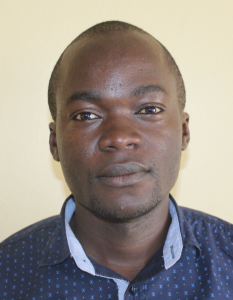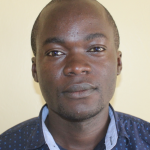The 272 students and 32 staff of the St. Marys Shihome Girls Secondary School have a near-constant battle trying to secure safe, sufficient water.
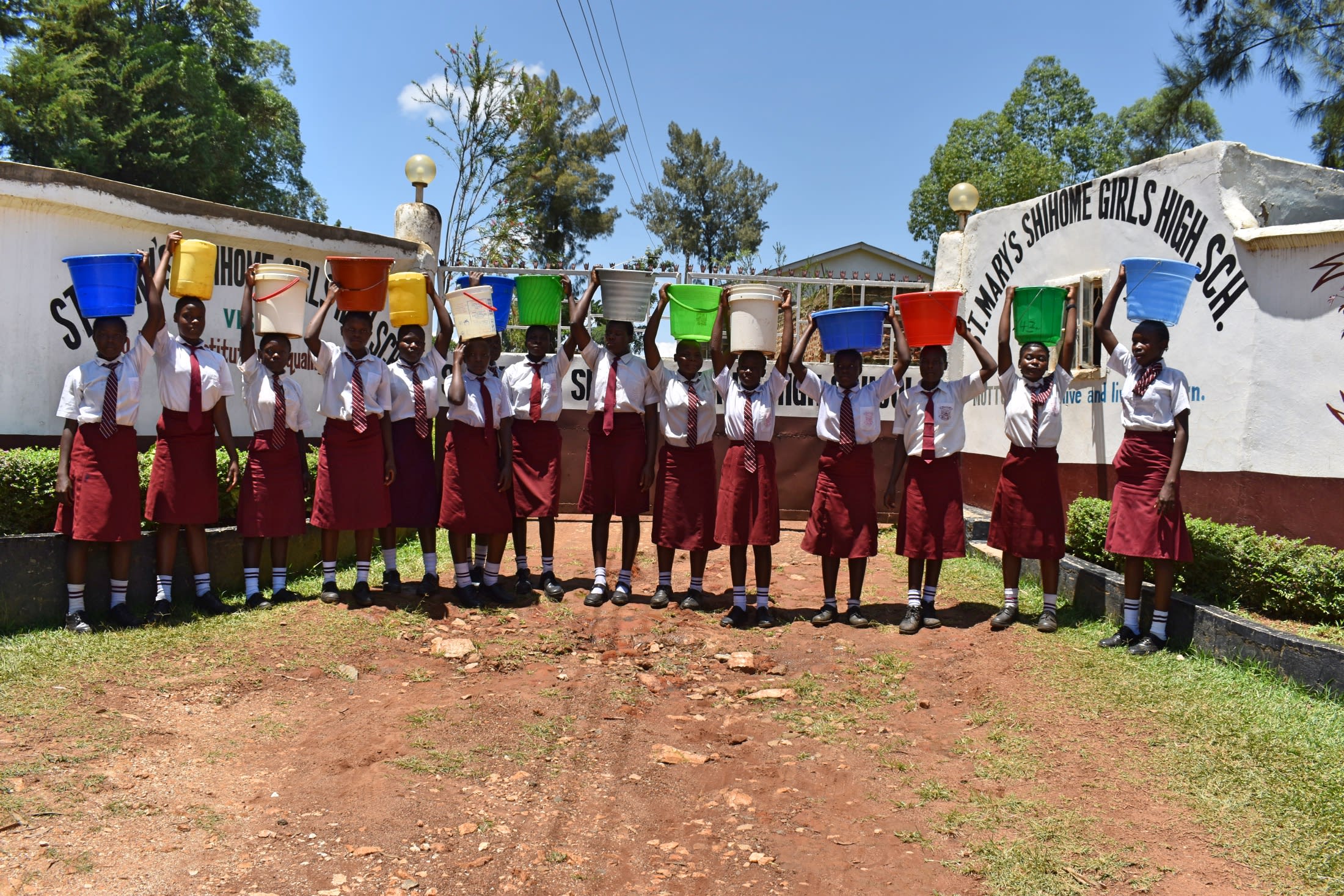
The school has a rain tank on the grounds, and though it provides clean water, it runs dry often. The other source on the school compound is a hand dug well. The water from the hand-dug well is often contaminated and presents the same problem as the rain tank: they both dry up in the dry season. The only other option the students have is to venture into the community to find water.
Though it may seem like there are plenty of choices for water sources, the dry season is months long, leaving students and staff alike without the water needed to meet their basic needs.
Principal Priscilla Kendi, pictured below, shared how the water crisis affects the school. "I really value cleanliness as a teacher, but due to challenges pertaining to lack of enough water have brought us not to be up to standard in terms of hygiene. Our learners [spend] most of [their] time waiting to collect water which at some point, [there's] not enough."
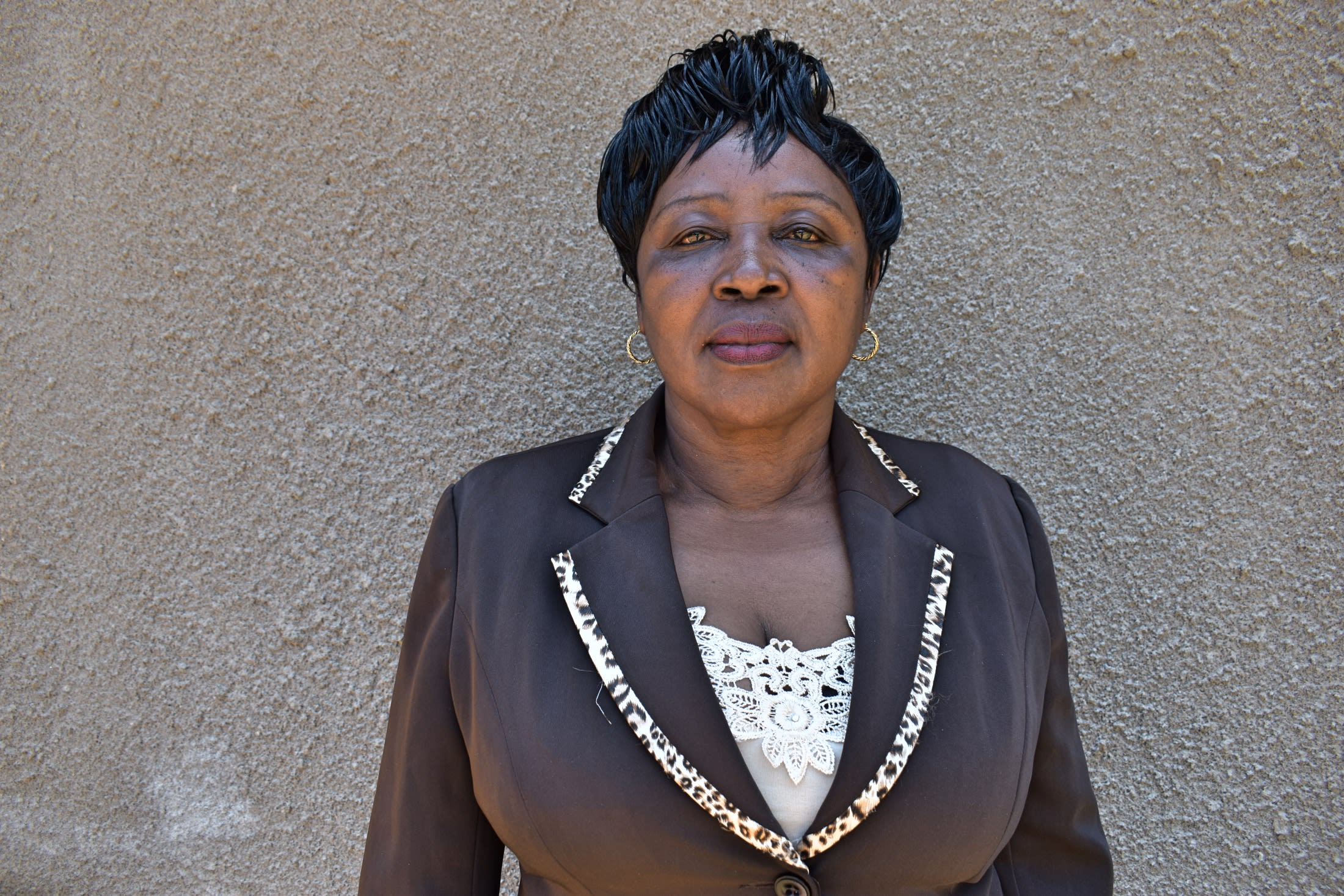
"Also, it's required [for] a teacher to supervise girls collecting water. To me, it's time-wasting as a teacher; [I] am not able to teach in a clean, safe environment. Secondly, during [the] dry season, we really experience [a] hard time, and this leads to conflict between us and the neighborhood due to sharing water," Priscilla concluded.
The time spent in the water collection process steals time that should be used to enhance the girls' futures through education.

“If education is the key to helping children escape poverty, access to water and sanitation is key to helping children safely maximize their education. To neglect this is to be careless with the well being and health of children," said Kelly Ann Naylor, Global Chief of Water, Sanitation and Hygiene at UNICEF.
Student Linda M., seen below, not only experiences a lack of classroom time due to collecting water but the water she does manage to collect is often contaminated. She shares about this hardship, "The challenges I experience as a student from this school, i.e., lack of enough water, which [means] personally I can not bathe on a daily basis."

"Sometimes [I have] coughing problems when drinking unsafe water, which forces me to seek medication at a nearby dispensary. Mostly, it happens during [the] dry season when [the] water table reduces, and the users are many relying on the water."
The inability to maintain normal hygiene standards negatively affects their learning environment and self-esteem. Without access to education, St. Marys Shihome Secondary School students face a bleak future. Access to clean water is the first building block to improving their lives.

The installation of the well will enable staff like Priscilla to prioritize time and energy to pour into the girls' education instead of collecting water. Then, students like Linda can dream of a brighter future, as the water crisis at their school won't burden them.
Water at schools is unique, which is why we need unique solutions.
The Proposed Solution, Determined Together...
At The Water Project, everyone has a part in conversations and solutions. We operate in transparency, believing it benefits everyone. We expect reliability from one another as well as our water solutions. Everyone involved makes this possible through hard work and dedication.
In a joint discovery process, community members determine their most advantageous water solution alongside our technical experts. Read more specifics about this solution on the What We're Building tab of this project page. Then, community members lend their support by collecting needed construction materials (sometimes for months ahead of time!), providing labor alongside our artisans, sheltering and feeding the builders, and supplying additional resources.
Water Access for Everyone
This water project is one piece in a large puzzle. In Kenya, Sierra Leone, and Uganda, we're working toward complete coverage of reliable, maintained water sources that guarantee public access now and in the future within a 30-minute round trip for each community, household, school, and health center. One day, we hope to report that this has been achieved!
Training on Health, Hygiene & More
With the community's input, we've identified topics where training will increase positive health outcomes at personal, household, and community levels. We'll coordinate with them to find the best training date. Some examples of what we train communities on are:
- Improved hygiene, health, and sanitation habits
- Safe water handling, storage & treatment
- Disease prevention and proper handwashing
- Income-generation
- Community leadership, governance, & election of a water committee
- Operation and maintenance of the water point
Handwashing Stations
Alongside each water source, we also provide two new gravity-fed handwashing stations that will allow everyone at the school to wash their hands without running water. Handwashing is so important to help prevent future water-related illnesses in the school community.
The student health club will maintain the stations, fill them with water, and supply them with soap (which we will teach the school community how to make during the training!).
VIP Latrines
In addition, we will construct two triple-door Ventilated Improved Pit (VIP) latrine blocks designed to prevent fecal disease transmission. Each latrine will have a cement floor, which is easy to use and clean regularly. Three doors will serve the girls, and three doors will serve the boys.

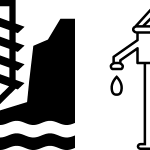

 Rehabilitation Project
Rehabilitation Project












